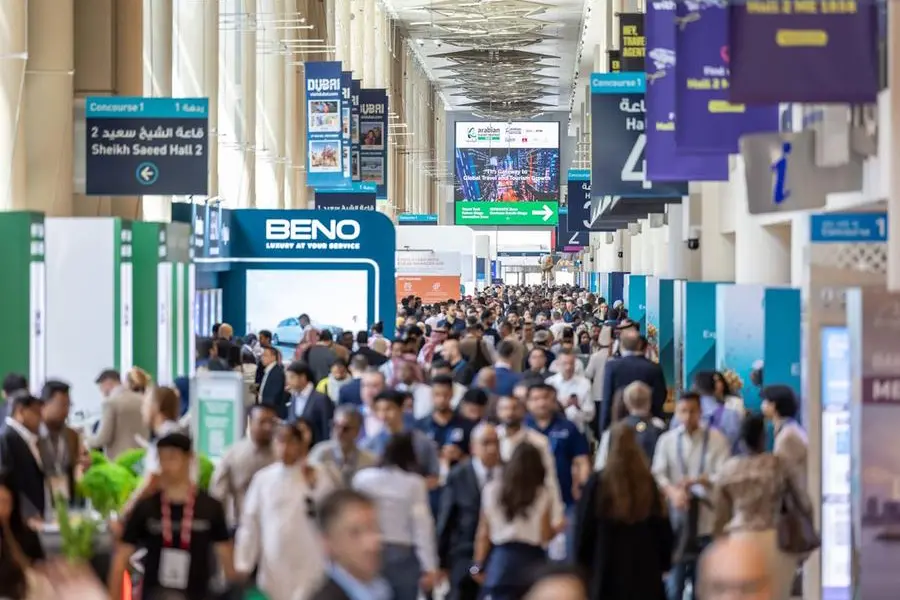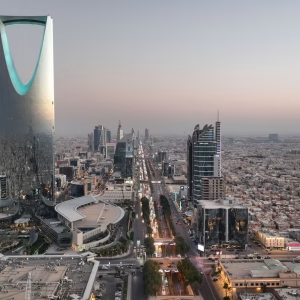The Middle East travel spend is expected to increase by 50% by the year 2030, according to a recent industry report. This growth reflects the region’s rising importance as a global travel destination and its expanding tourism infrastructure. With governments investing heavily in tourism projects and the return of international travelers after the pandemic, the Middle East is set to become one of the fastest-growing travel markets in the world.
Why Middle East Travel Spend Is Growing Rapidly
Several factors contribute to the expected rise in Middle East travel spend. One key reason is the strong push by countries like the UAE, Saudi Arabia, and Qatar to diversify their economies by boosting tourism. These countries have launched ambitious projects such as new airports, luxury resorts, entertainment zones, and cultural attractions. As a result, more tourists are attracted to the region than ever before.
Another factor is the increasing number of international events hosted in the Middle East, including sports tournaments, conferences, and expos. Events like Expo 2020 Dubai and the FIFA World Cup Qatar 2022 brought millions of visitors, raising the profile of the region globally. The success of these events has encouraged further investment in travel and hospitality infrastructure.

Finally, improvements in connectivity and air travel routes have made it easier and cheaper for travelers to visit the Middle East. Airlines have expanded their networks, and new direct flights connect the region to many parts of the world. This increased accessibility drives demand and spending by tourists.
Which Countries Lead the Travel Spend Growth?
The report highlights that the Gulf Cooperation Council (GCC) countries will lead the growth in travel spend. The UAE remains the top destination in the Middle East, with Dubai and Abu Dhabi at the forefront. Saudi Arabia is rapidly growing due to its new tourism projects, including the Red Sea development and heritage site tours.
Qatar continues to attract visitors post-World Cup, and Oman’s natural beauty is gaining more attention. Bahrain and Kuwait are also expanding their travel offerings. Together, these countries aim to create a diverse and attractive travel market.
The Role of Domestic and International Travelers

Both domestic and international travelers contribute to the increase in Middle East travel spend. While international tourism rebounds, domestic travel is also growing as residents explore their own countries more. Domestic tourism has been encouraged by government initiatives that promote local culture and experiences.
For international travelers, the Middle East offers a mix of luxury shopping, cultural heritage, desert adventures, and modern city life. This variety appeals to tourists from Europe, Asia, and the Americas, who are expected to increase their spending on travel, dining, entertainment, and accommodation in the region.
Impact on the Travel Industry and Economy
The boost in travel spending will have a significant impact on the Middle East’s travel industry and economy. More money spent by tourists means higher revenue for hotels, airlines, restaurants, tour operators, and retail businesses. This growth creates jobs and stimulates economic development.
Governments are aware of the potential, so they are focusing on sustainable tourism to protect the environment and local communities. Investments in digital technology are also improving the traveler experience, such as contactless payments, smart hotels, and personalized services.
Challenges to Watch for in Middle East Travel Spend Growth
Despite the optimistic outlook, some challenges remain. Political tensions, economic fluctuations, and global health concerns could affect travel demand. Additionally, competition from other regions like Southeast Asia and Europe requires the Middle East to keep innovating.
The travel industry must also address environmental issues such as carbon emissions and water use. Sustainable practices are becoming essential for long-term success. Balancing rapid growth with sustainability will be key to maintaining the positive momentum in Middle East travel spend.
What Travelers Can Expect in the Coming Years

Travelers visiting the Middle East can expect better infrastructure, more entertainment options, and new cultural experiences. Luxury resorts will continue to grow, alongside budget-friendly accommodations. Tour operators will offer diverse packages including eco-tourism, wellness retreats, and adventure sports.
The region’s airports will expand, reducing travel time and improving connections. Technology will play a bigger role in making travel easier and safer. Overall, the Middle East will become a more welcoming and dynamic destination for all kinds of travelers.
Conclusion: A Bright Future for Middle East Travel Spend
The forecast of a 50% increase in Middle East travel spend by 2030 is a strong signal of the region’s rising global travel importance. With government support, international events, improved connectivity, and growing traveler interest, the Middle East is positioned for impressive growth in tourism revenue.
This growth will bring benefits to economies, create jobs, and offer travelers exciting new experiences. While challenges remain, the region’s focus on innovation and sustainability will help maintain steady progress. The Middle East’s travel industry is clearly on a path to a prosperous future.
Do follow UAE Stories on Instagram
Read More: How Umm Al-Qura University Became the World’s Leading Hub for Hajj Studies













